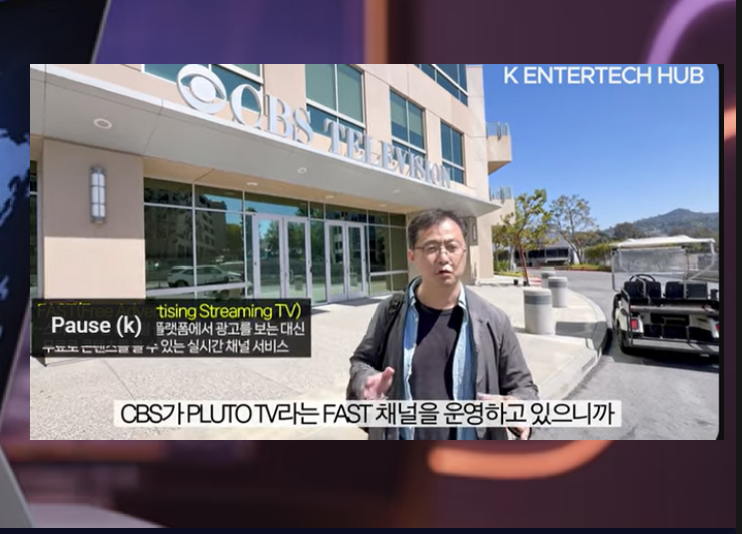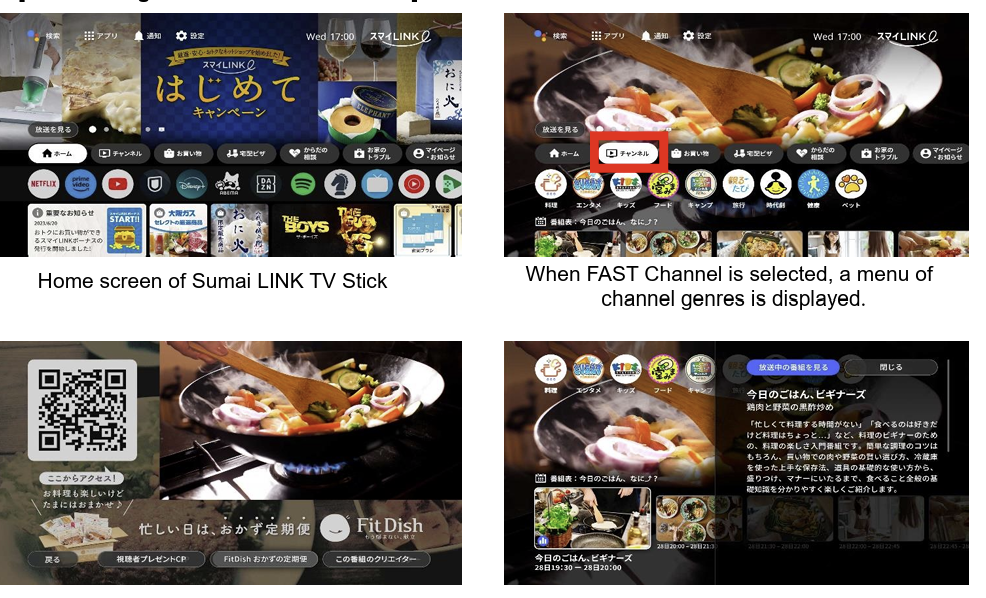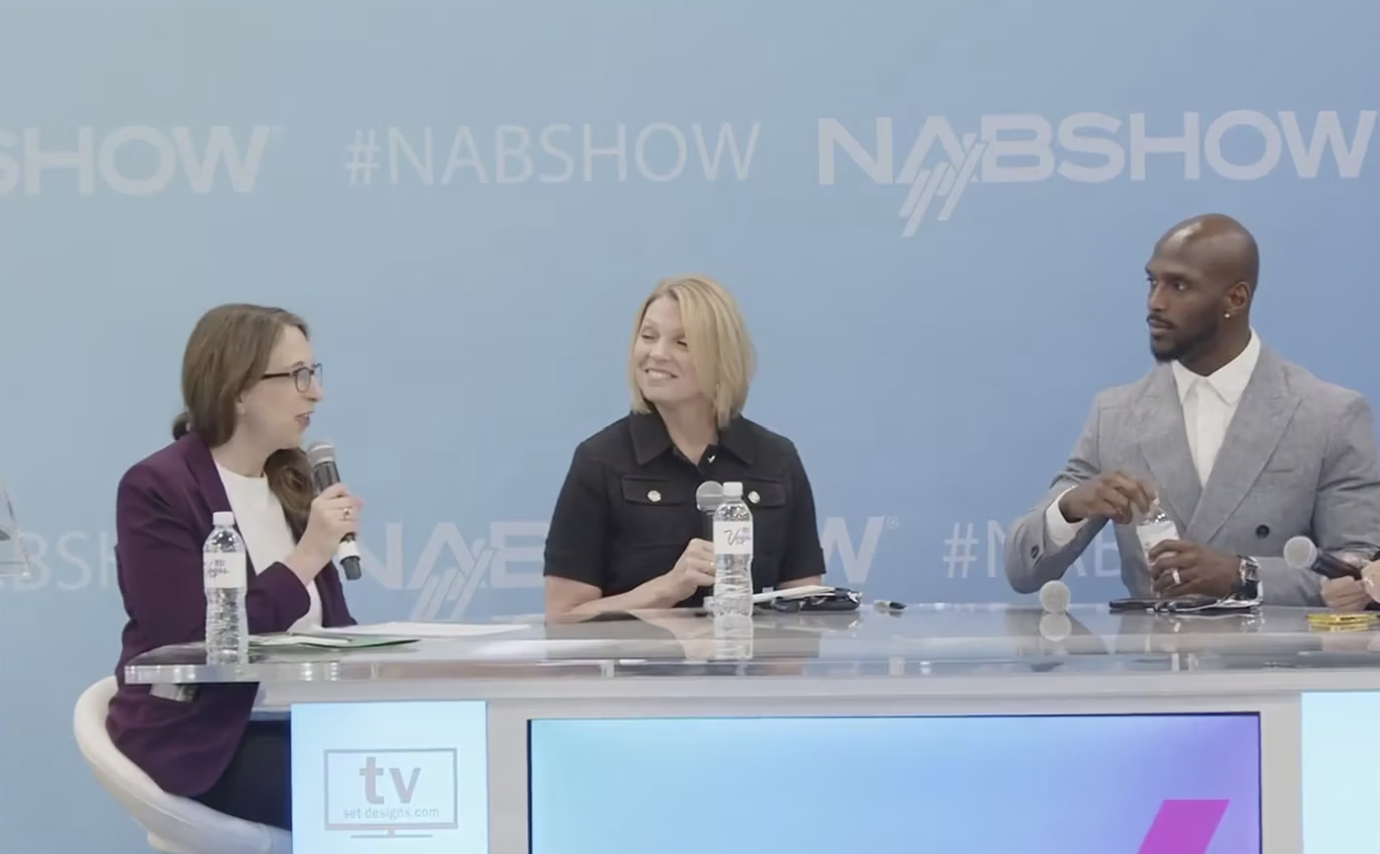Roku and Amazon Surge in US Smart TV Market as Platform Companies Challenge Traditional Manufacturers (로쿠·아마존 스마트TV 급성장…삼성 1위 유지하지만 '신흥강자' 추격)
로쿠·아마존 스마트TV 급성장…삼성 1위 유지하지만 '신흥강자' 추격
미국 시장서 로쿠 점유율 1년새 2배·아마존 5배 급증
삼성전자 여전히 1위지만 플랫폼 기업들 하드웨어 진출로 경쟁 격화
미국 스마트TV 시장에서 로쿠(Roku)와 아마존(Amazon) 등 플랫폼 기업들이 자체 하드웨어 제품으로 급성장하면서 기존 제조업체들의 아성에 도전하고 있다. 삼성전자가 여전히 1위 자리를 지키고 있지만, 새로운 경쟁자들의 빠른 시장 침투로 업계 판도 변화가 예상된다.
시장조사업체 허브 엔터테인먼트 리서치(Hub Entertainment Research)가 지난 5월 미국 소비자 2528명을 대상으로 실시한 '2025 TV 세트의 진화(Evolution of the TV Set)' 보고서에 따르면, 로쿠는 2023년 봄 자체 브랜드 TV를 출시한 지 불과 2년 만에 '가장 많이 사용하는 TV 브랜드' 점유율을 1년 전 대비 2배로 늘렸다. 아마존 역시 2021년 10월부터 파이어TV(Fire TV) 브랜드로 하드웨어 시장에 진입한 이후 올해 점유율이 작년 대비 5배 증가하는 놀라운 성장세를 보였다.

Roku and Amazon Surge in US Smart TV Market as Platform Companies Challenge Traditional Manufacturers
Roku doubles market share in one year, Amazon sees five-fold increase
Samsung maintains top position but faces intensifying competition from streaming giants
The US smart TV market is experiencing a dramatic shift as streaming platform companies Roku and Amazon rapidly gain ground with their own hardware products, challenging the dominance of traditional manufacturers. While Samsung Electronics continues to hold the top position, the swift market penetration by these new competitors signals a potential reshaping of the industry landscape.
According to Hub Entertainment Research's "2025 Evolution of the TV Set" report, which surveyed 2,528 US consumers in May, Roku has doubled its share as the "most-used TV brand" in just one year since launching its own branded TVs in spring 2023. Amazon, which entered the hardware market in October 2021 with its Fire TV brand, saw an even more dramatic five-fold year-over-year increase in brand usage share from 2024 to 2025.
삼성·LG 여전히 상위권…하지만 '플랫폼 기업' 추격 가속화
전체 순위에서는 삼성전자가 여전히 1위를 차지했고, LG전자와 비지오(Vizio)가 그 뒤를 이었다. 하지만 로쿠와 아마존의 급성장세는 향후 시장 구도 변화의 신호탄으로 받아들여진다. 특히 이들 기업이 기존 하드웨어 제조 경험이 부족함에도 불구하고 콘텐츠 플랫폼과 운영체제(OS) 경쟁력을 바탕으로 단기간에 소비자들의 선택을 받고 있다는 점이 주목된다.
이번 조사는 단순한 판매량이 아닌 실제 소비자들이 가정에서 가장 많이 사용하는 TV 브랜드를 묻는 방식으로 진행됐다. 한 가정에 여러 브랜드의 TV가 있어도 가장 많이 사용하는 제품을 선택하도록 한 것으로, 실제 사용률을 반영한 결과여서 더욱 의미가 크다.
Samsung, LG Maintain Leadership but Platform Giants Accelerate Growth
The overall rankings still show Samsung at the top, followed by LG and Vizio. However, the rapid ascent of Roku and Amazon represents a significant shift in market dynamics. Particularly noteworthy is how these companies, despite lacking traditional hardware manufacturing experience, are winning consumer preference based on their content platform and operating system capabilities.
The survey methodology focused on actual usage rather than sales figures, asking consumers which TV brand they use most in their households. This approach provides a more accurate reflection of consumer behavior, as families may own multiple TVs from different brands but primarily use one.

TV 운영체제(TVOS) 중요성 급부상…내장 OS 사용률 46%
실제로 이번 조사에서는 TV 운영체제(TVOS·TV Operating System)의 중요성이 그 어느 때보다 높아진 것으로 나타났다. 소비자의 46%가 TV를 켤 때 가장 먼저 내장 운영체제를 사용한다고 답했는데, 이는 외부 연결 TV 기기(Connected TV Device)로 전환한다는 응답(24%)의 거의 2배에 달한다. 이는 하드웨어 성능보다 소프트웨어 사용자 경험이 소비자 선택의 핵심 요인으로 부상했음을 시사한다.
TV Operating Systems Gain Critical Importance with 46% First-Use Rate
The study reveals that TV Operating Systems (TVOS) have become more important than ever. A significant 46% of consumers reported that engaging with their TV's built-in operating system is the first thing they do when turning on their set. This is more than double the 24% who said they first switch to a connected TV device interface.
This shift indicates that software user experience has become a crucial factor in consumer choice, potentially outweighing hardware performance considerations.
스마트홈 허브 기능은 여전히 '찬밥'…활용률 10% 불과
한편 TV 제조업체들이 공들여 개발한 스마트홈 허브(Smart Home Hub) 기능은 아직 소비자들에게 큰 호응을 얻지 못하고 있다. 조명, 온도조절기, 보안카메라, 초인종 등을 TV로 제어하는 기능을 사용하는 소비자는 전체의 10%에 불과했다.
반면 음악 스트리밍(47%)과 스마트폰·PC 화면 미러링(Screen Mirroring, 40%) 기능은 상당한 활용도를 보였다. 이는 소비자들이 복잡한 스마트홈 제어보다는 단순하고 직관적인 콘텐츠 소비 기능을 선호하고 있음을 보여준다.
Smart Home Hub Features Remain Underutilized at 10% Adoption
Despite manufacturers' efforts to position smart TVs as connected home hubs, only 10% of consumers actually use their sets to control devices like lights, thermostats, security cameras, and doorbells. This represents a significant gap between marketing positioning and actual consumer behavior.
In contrast, music streaming (47%) and screen mirroring from phones or computers (40%) show much higher adoption rates. This suggests consumers prefer straightforward content consumption features over complex smart home integration.
'24시간 켜둔 TV' 마케팅과 현실 괴리…실제 사용률 6%
에너지 효율성을 내세우며 '항상 켜져 있는 기기(Always-On Device)'로 마케팅하는 제조업체들의 전략과 달리, 실제로는 6%의 소비자만이 TV를 24시간 켜두고 있으며, 53%는 시청할 때만 전원을 켜는 것으로 조사됐다. 이는 제조업체들의 마케팅 전략과 실제 사용 패턴 사이에 상당한 괴리가 있음을 시사한다.
"Always-On" Marketing Contradicts Reality with 6% 24/7 Usage
The industry's marketing of smart TVs as energy-efficient, always-on devices contrasts sharply with actual usage patterns. Only 6% of survey respondents keep their TVs on 24/7, while 53% turn them on only when actively watching content. This disconnect highlights the gap between manufacturer messaging and consumer habits.
AI 기능에 대한 소비자 관심 급증…검색·추천 개선 기대
특히 주목할 점은 인공지능(AI) 기능에 대한 소비자들의 높은 관심이다. 검색과 추천 기능 개선을 위한 AI 도입에 대해 거의 모든 분야에서 긍정적인 반응을 보였다. 이는 기존 스마트TV의 검색 및 추천 기능에 대한 불만족이 누적된 결과로 분석된다.
특히 콘텐츠 발견(Content Discovery)과 비디오 추천(Video Recommendations) 기능에 대한 AI 활용에 소비자들이 큰 기대를 보이고 있는 것으로 나타났다.
AI Features Generate High Consumer Interest for Search and Recommendations
One of the most significant findings is the keen consumer interest in AI-powered features, particularly for improving search and recommendation functions. Consumers showed positive responses to AI integration across almost all categories, reflecting accumulated dissatisfaction with current smart TV search and content discovery capabilities.
Content discovery and video recommendation features powered by AI generated particularly strong interest among consumers, suggesting these areas represent major opportunities for differentiation.
전문가 "운영체제 경쟁력이 핵심"…한국 기업들에 시사점
허브 엔터테인먼트 리서치의 제이슨 플랫 졸로브(Jason Platt Zolov) 수석 컨설턴트는 "단일 TV 운영체제가 시장을 지배하지 않는 상황에서 각 제조업체가 스트리밍 서비스와 AI 시청 향상 기능을 더 잘 홍보할 기회를 갖게 됐다"고 말했다.
그는 또한 "좋은 프로그램을 찾는 어려움은 단순히 너무 많은 서비스 중에서 선택해야 하는 것이 아니라, 이러한 선택을 효과적으로 단순화하는 TV 운영체제를 찾는 것"이라고 강조했다.
이번 조사 결과는 한국 TV 제조업체들에게도 중요한 시사점을 제공한다. 삼성전자와 LG전자가 여전히 글로벌 시장에서 강세를 보이고 있지만, 플랫폼 기업들의 하드웨어 진출이 가속화되면서 하드웨어 성능뿐만 아니라 소프트웨어 생태계 구축과 사용자 경험 개선에 더욱 집중해야 할 필요성이 대두되고 있다.
특히 AI 기능 강화와 콘텐츠 추천 알고리즘 개선이 향후 경쟁력의 핵심이 될 것으로 전망된다. 또한 복잡한 스마트홈 기능보다는 소비자들이 실제로 사용하는 음악 스트리밍, 화면 미러링 등의 기능을 더욱 고도화하는 것이 시장에서의 성공 전략이 될 수 있을 것으로 분석된다.
Expert Analysis: OS Competition Creates Opportunities
"Without a single TV operating system dominating the market, each manufacturer has the opportunity to better promote streaming services and AI-viewing enhancements to make things easier for viewers," said Jason Platt Zolov, senior consultant at Hub Entertainment Research.
Zolov emphasized that "the challenge of finding a good show to watch is not just about too many services to choose from; it's about finding a TV operating system that simplifies those choices in a way that works."
Implications for Global TV Manufacturers
The survey results offer important insights for TV manufacturers worldwide, including industry leaders like Samsung and LG. While these companies maintain strong positions in the global market, the accelerating entry of platform companies into hardware suggests that success will increasingly depend on software ecosystem development and user experience optimization, not just hardware performance.
The data indicates that AI functionality enhancement and content recommendation algorithm improvements will be crucial competitive factors moving forward. Additionally, manufacturers may need to focus more on features consumers actually use—such as music streaming and screen mirroring—rather than complex smart home integration that remains largely unused.
This market evolution represents a fundamental shift from hardware-centric to software-centric competition, where traditional manufacturing expertise must be complemented by strong platform capabilities and AI-driven user experiences to maintain market leadership.








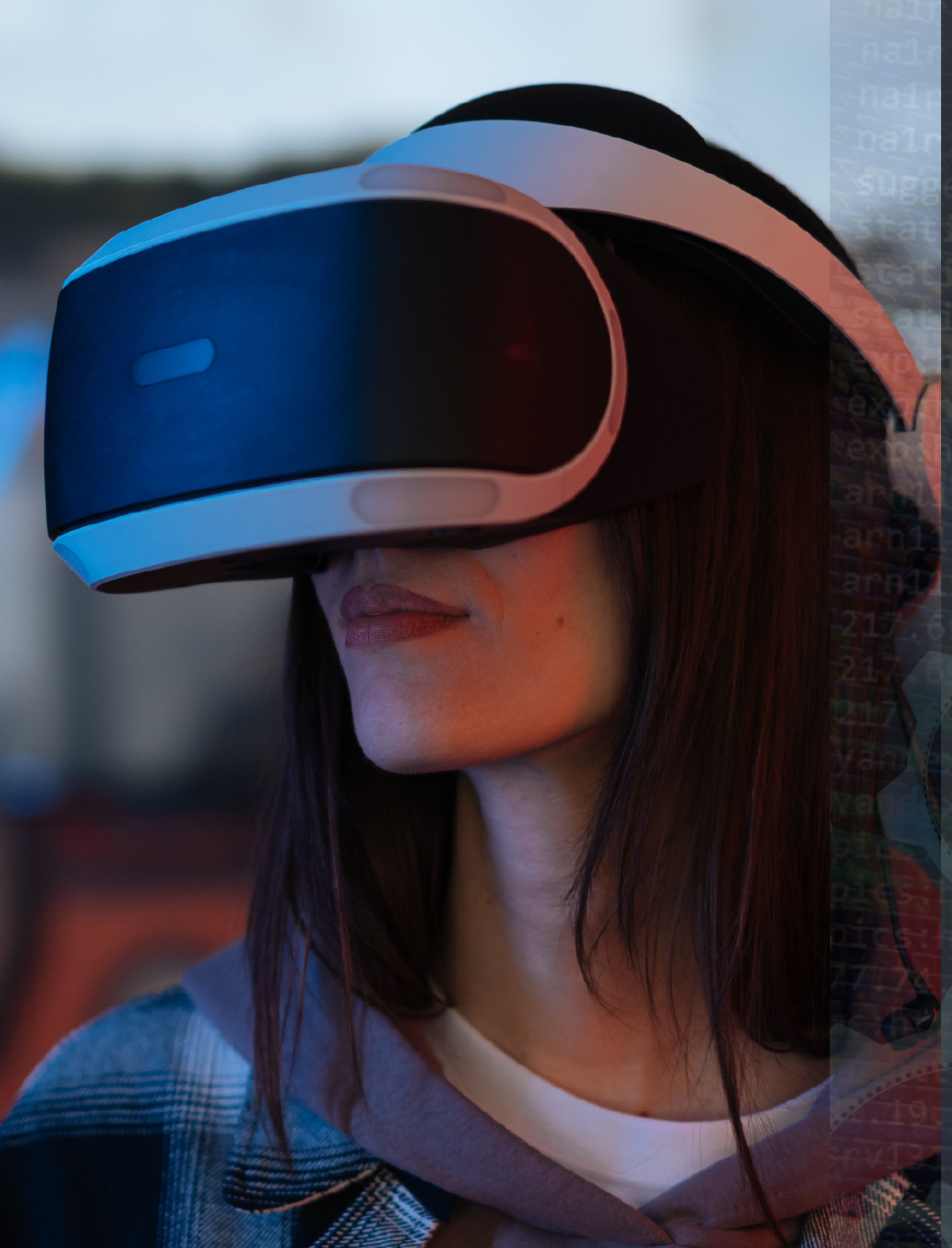
![[Report]Inclusion & Equity Report 2025 by WGA](https://storage.googleapis.com/cdn.media.bluedot.so/bluedot.kentertechhub/2025/05/dza9ol_202505310259.png)
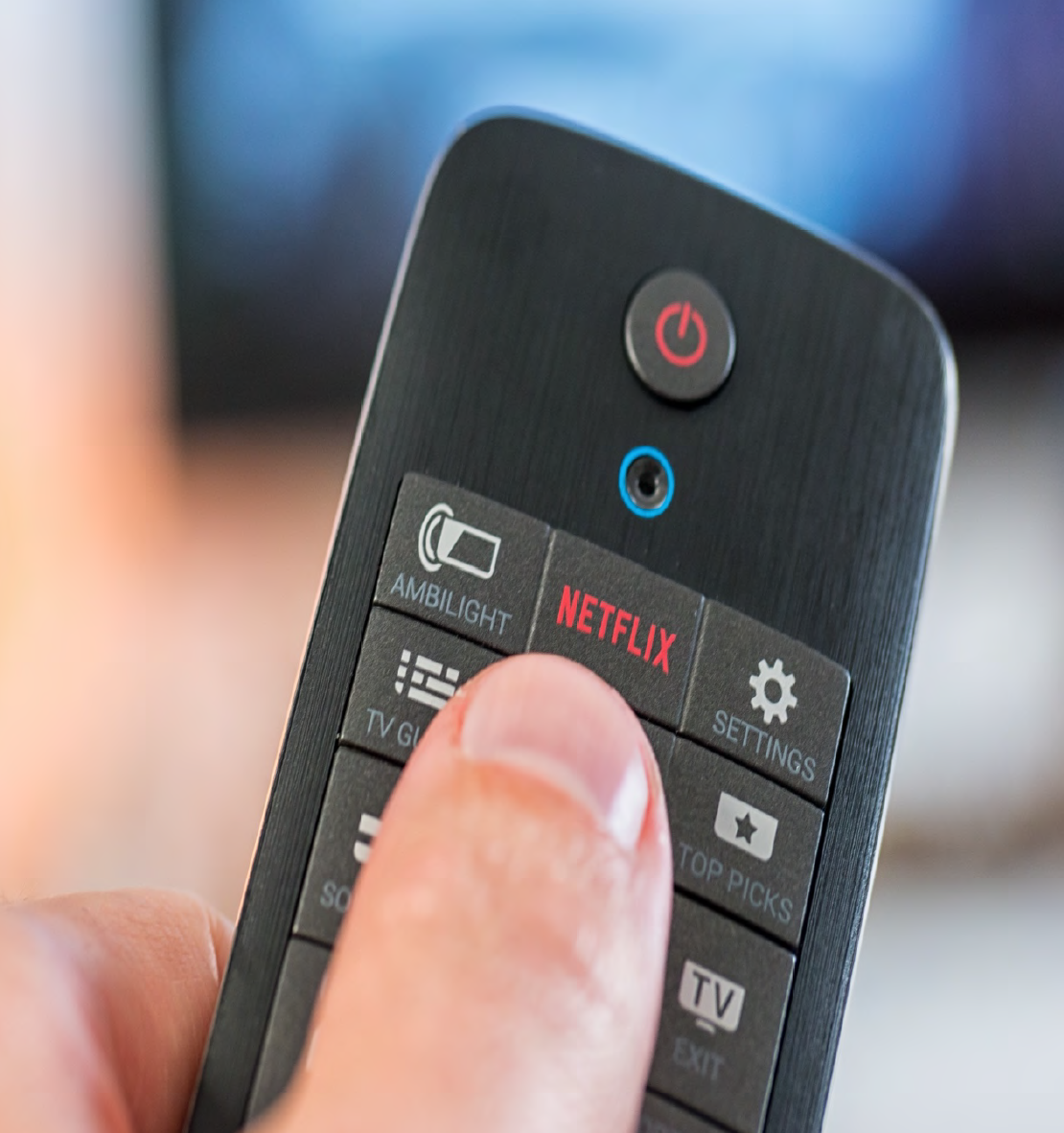
![[Report]라이선싱엑스포 2025 심층 보고서](https://storage.googleapis.com/cdn.media.bluedot.so/bluedot.kentertechhub/2025/05/srjw47_202505191926.png)
